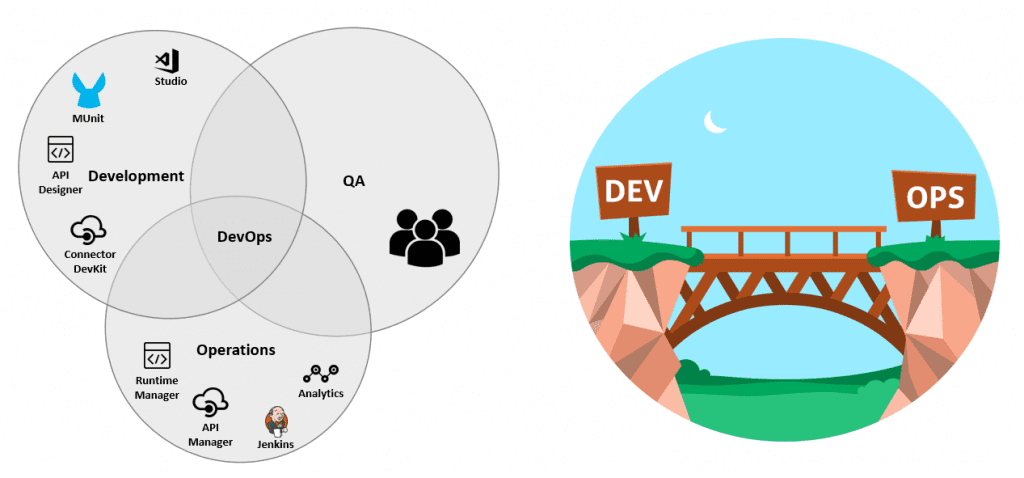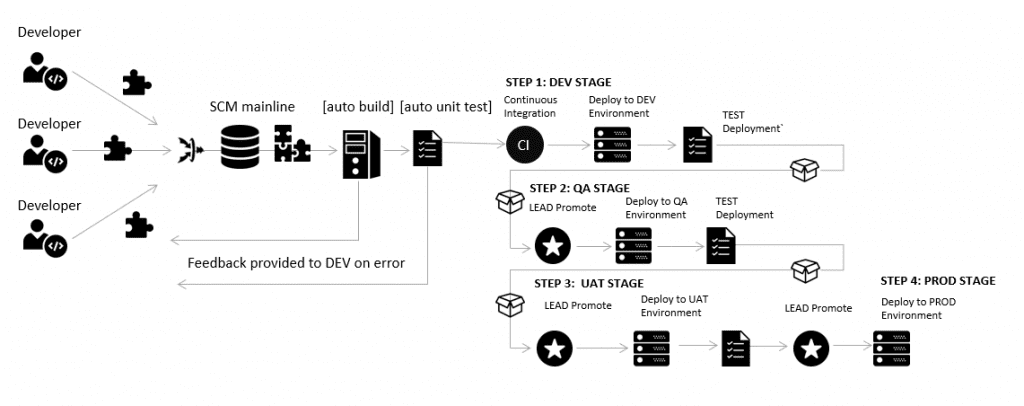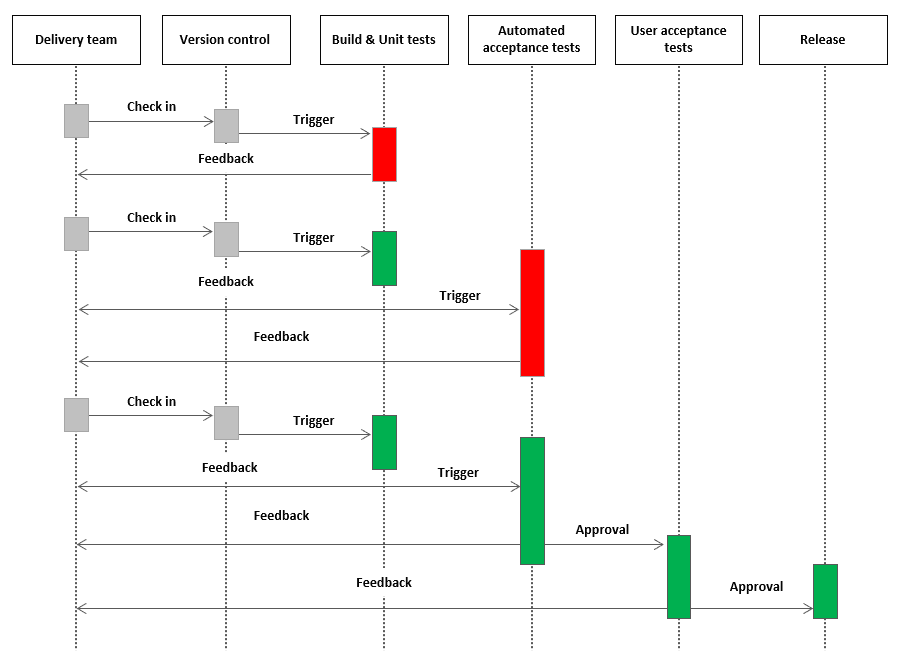DevOps is a buzzword which has been trending in the industry for quite some time now. But in spite of its popularity, there is a lot of confusion of “what DevOps is”. The reason for this is, no one has yet to articulate a universally accepted definition for DevOps. So this blog has our own take on what is DevOps and how it can be incorporated within IT teams.
So, what is DevOps?
DevOps is a software engineering methodology that allows us to achieve substantial improvements in the SDLC (Software Development Life-cycle) process through constant communication and collaboration between development, testing, and operations teams. In other words, DevOps bridges the gap between the development and operations teams.
Companies like Google, Apple, Facebook and Amazon have chosen DevOps to achieve their business goals.
DevOps Involves the below activities:
- Continuous Integration
- Continuous Delivery
- Continuous Monitoring
These activities are possible only in DevOps, and not in agile, waterfall or any other methodology.
Continuous Integration (CI) is a development practice where code is routinely integrated into a shared repository, preferably daily or multiple times a day. Each change to the integration is verified by an automated build and an automated unit test.
Continuous Integration helps decrease production issues by detecting problems as early as possible. This is achieved by automating the build and testing code every time a developer makes changes. Before the code is added to the mainline, the developer adds the changes into a shared version control repository. Because developers usually work in isolation, CI reduces the time it takes to integrate code, therefore making it easier to merge conflicts, fix bugs and streamline code strategies.
Continuous Delivery (CD) is taken from the first principle of Agile manifesto: "Our highest priority is to satisfy the customer through early and Continuous Delivery of the valuable software". The main aim of CD is to get changes (features, configuration changes, bug fixes, experiments) into production or into the hands of users in a safe, quick and sustainable way.
Continuous Delivery is the ability to deliver software that can be deployed at any time through manual releases; this is in contrast to Continuous Deployment which uses automated deployments, like push-button and one-click deployments.
Continuous Monitoring (CM) is a very crucial stage in the DevOps lifecycle, and is aimed at improving the quality of the software by monitoring its performance. This practice involves the participation of the Operations team who will monitor the user activity for bugs and any other irregular behaviour of the system. This can also be achieved by making use of dedicated monitoring tools which will continuously monitor the application performance and highlight issues.
Some popular tools used for Continuous Monitoring are Splunk, ELK Stack, Logz.io, Nagios etc. These tools help you monitor the application and the servers closely to check the health of the system proactively. They can also improve productivity and increase the reliability of the systems, reducing IT support costs. Any major issues found could be reported to the development team so that it can be fixed in the Continuous Integration phase.
If you would like to find out more about how DevOps can help you automate process building, testing and deploying code, then do give us a call at +44 (0)203 475 7980 or email us at Salesforce@coforge.com
Other useful links:
Coforge MuleSoft Services
Big Data in the MuleSoft world
CI/CD for MuleSoft deployments






